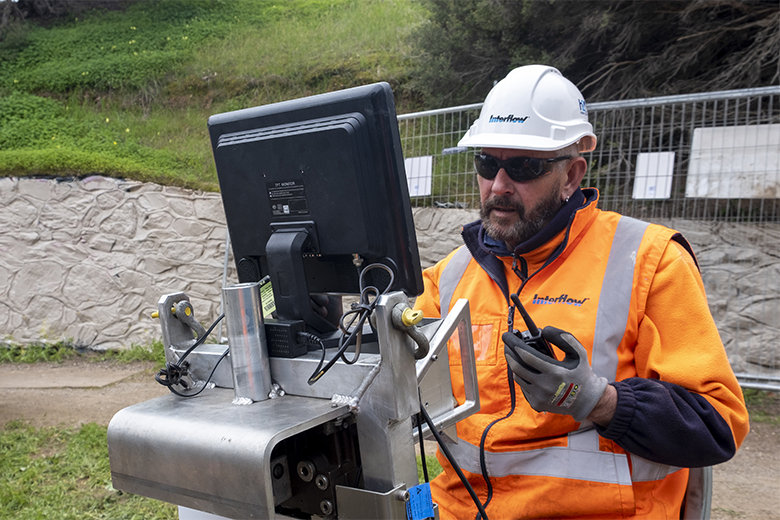
As new and innovative technologies continually evolve in the water sector, safety consistently remains a top priority for councils, water authorities and service providers alike. When the partial collapse of a critical quad-barrel culvert posed imminent danger to the surrounding community, an appetite for innovation proved to be the vital key to success.
Culverts: supporting the community’s critical infrastructure
Road and rail culverts play a crucial role in providing drainage, enabling traffic to travel over waterways, preventing erosion and providing safe and natural passage for fish and other aquatic wildlife. Often located in environmentally sensitive areas or beneath high-volume traffic flows, their integrity is vital to the health of the road and rail networks above, as well as the wellbeing of the surrounding environment and community.
When these structures fail, the results can be catastrophic. The City of Onkaparinga Council learnt this firsthand, when a quad-barrel culvert located under a high-traffic section of road partially collapsed.
The four corrugated iron culvert tunnels had deteriorated to such an extent that they posed a risk to the structural integrity of the road above and some 6000 commuter vehicles that used the road daily.
Understanding that time was of the essence, Onkaparinga Council engaged specialist in water infrastructure, Interflow, to address this emergency situation.
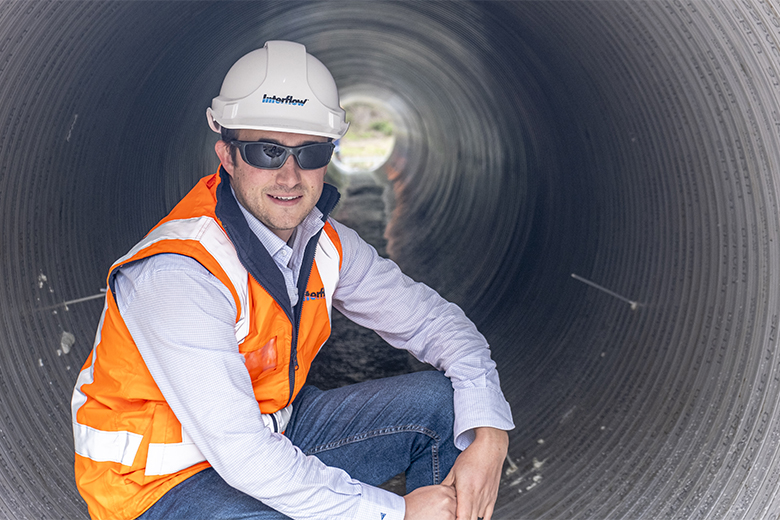
Prioritising crew safety whilst balancing customer goals
With two culverts collapsed, and the integrity of the remaining two in question, the Council decided to proactively reline all four culverts, bolstering their structural integrity to protect the community’s critical infrastructure going forward.
Considering the level of deterioration and the questionable stability of the road above, any man entry to the structures was strictly prohibited until the new structural lining was safely in place.
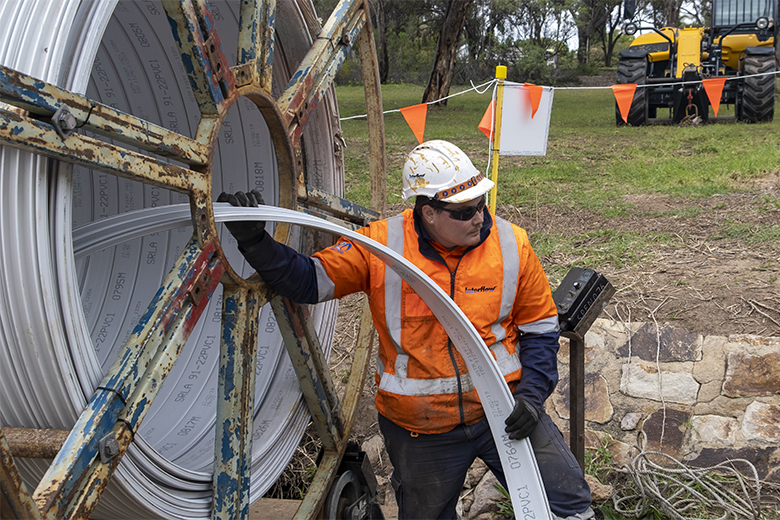
Interflow’s Project Manager on the contract, Peter Button, describes the challenges associated with this non-man entry approach.
“Traditionally, a project of this nature would require either some form of entry into the unlined pipe or excavation and re-lay,” he said.
“Any approach that required man-entry was immediately ruled out as the risk of road collapse was far too high. However, the community and environmental impacts of excavation methods were also high.”
Determined to challenge the traditional methods of culvert rehabilitation, Peter’s team undertook the lining works, and all necessary cleaning and preparations, without excavation and without stepping foot inside the tunnels.
“We wanted to find a solution that could prioritise our commitment to safety whilst delivering favourable project outcomes to our customer and the community,” he explained.
Challenging the traditional use of Rotaloc technology
Delivering a tailored response to their customer’s unique situation, Interflow’s team identified Rotaloc, a spiral-wound PVC liner, as the best solution to balance the safety and community requirements of the project.
The Rotaloc machine is usually directly controlled from inside the pipeline. In order to properly prioritise crew safety, this aspect of the machine’s operation would require modification. Interflow’s Product Development crew developed an innovative solution and altered the machinery’s hydraulics to enable remote operation.
Interflow’s Development Manager for South Australia, Boris Graljuk, explains how he got the crew up to speed on the machinery’s enhanced application and capabilities.
“I developed the new system to function in a similar manor to the conventional man-entry system that our team was already familiar with,” he said.
“We then ran through an intensive two-day training course in the workshop before the crew commenced work on site,” Boris continued.
Innovation paves the way for a safer future
With Boris’ training fresh in mind and a hunger to challenge the status quo, Interflow’s crew commenced lining the quad-barrel structure via the enhanced ‘remote Rotaloc’ technique.
Once the robust new liners were in place, the void between the new pipe and the host pipe was backfilled with grout, creating a secure, renewed asset that will service commuters and the local community for years to come.
By challenging the conventional use of Rotaloc technology, Interflow’s South Australian crew was able to eliminate the risk to their personal safety throughout the duration of the project.
The Company’s Project Manager, Peter Button emphasised that safety and efficiency are key to developing high-tech innovations for customers.
“Projects like these are redefining what we once thought to be the limitations of pipeline rehabilitation,” Peter said.
“It is a prime example of how the innovative use of technology can be used to enhance our commitment to the safety of not only our people, but the safety of the broader community.”
Comment below to have your say on this story.
If you have a news story or tip-off, get in touch at editorial@governmentnews.com.au.
Sign up to the Government News newsletter
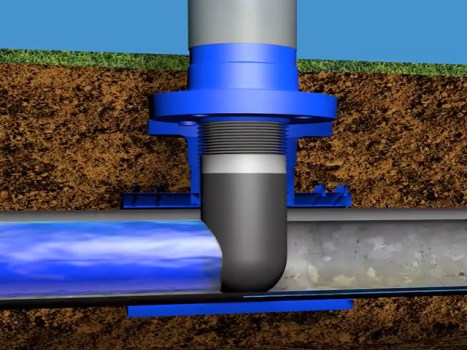


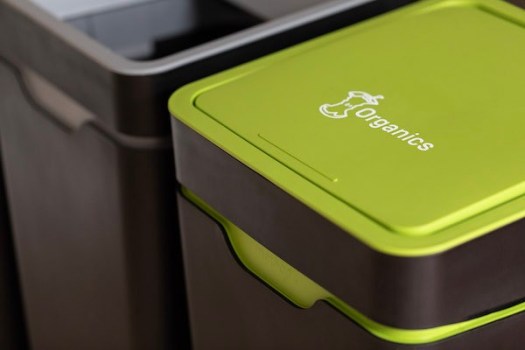
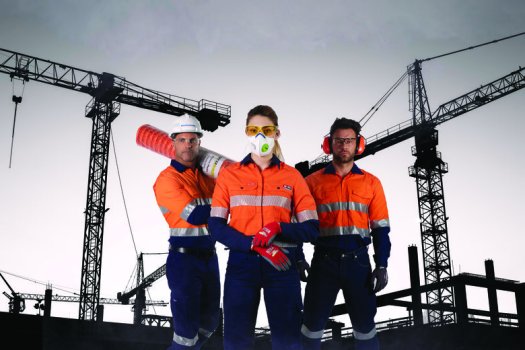

Sue Phillips on: 15 councils participate in SA emissions reduction trial
Garth Daddy on: War memorial contracts fudged, audit finds
Roger Buhlert on: New VLGA appointment vows to lift governance standards